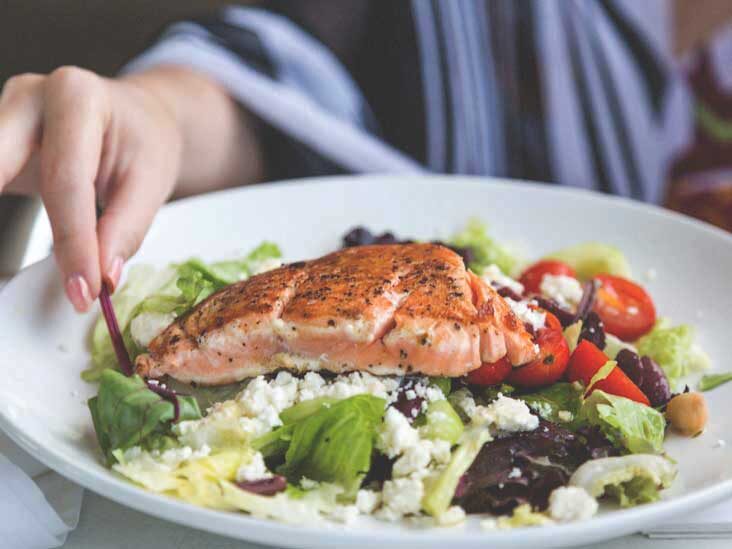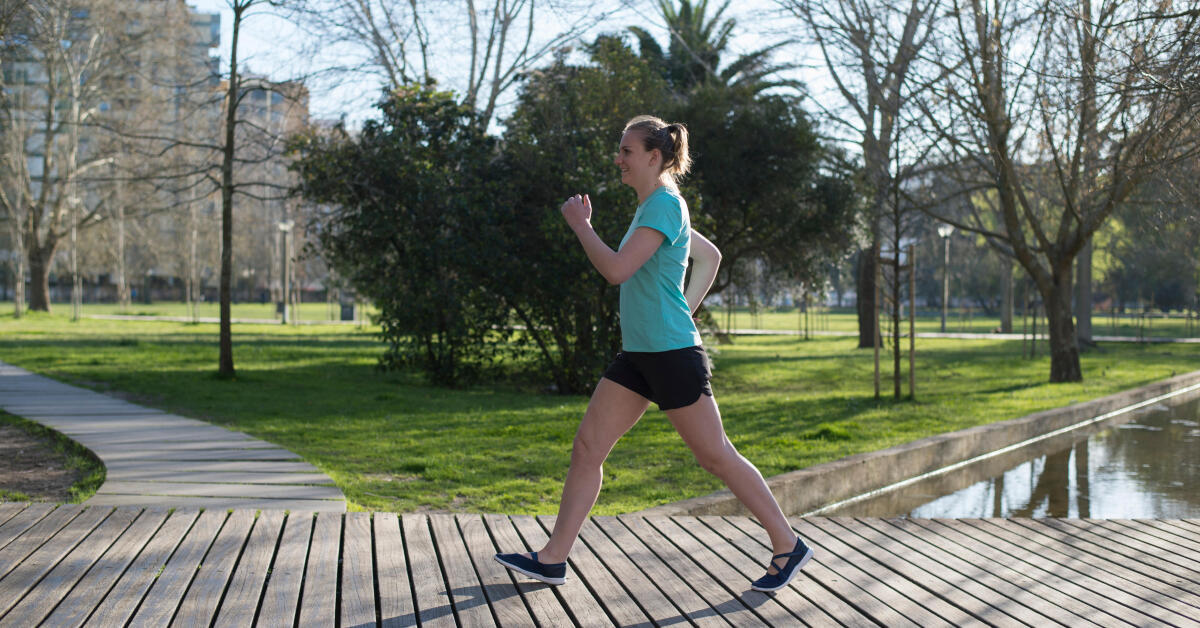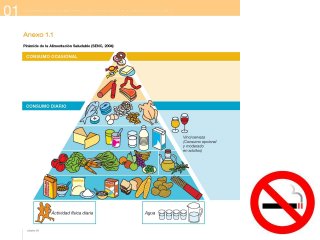
Your body weight should determine your weight loss goals. You can determine this by measuring your weight at present, and then using 5%-10% as your target. It is important to be realistic about setting goals. This will ensure that you do not lose weight and maintain your health. For instance, if you weigh 200 pounds, you should aim for a 20-pound loss. Do not lose too much weight to become underweight.
SMART goals place emphasis on outcomes
These are measurable outcomes that can be used to set SMART weight loss goals. This will help you to set SMART goals that are challenging but not overwhelming. You should aim to have a goal that is in line with your priorities and easy for you to reach. Below are some suggestions to help you make weight loss SMART. Read on to learn more. SMART targets for weight loss are the best and most efficient way to lose fat.

Your process goals are your guide to reaching the desired outcome
Set goals for your weight loss journey. There are many options for setting daily, weekly, and monthly goals to reach your weight goal. You can choose healthy rewards to help you reach each goal, even though they are not met. If you've reached a certain process goal, give yourself a monthly, weekly, or daily reward. It doesn't matter if you are aiming for a new diet, exercise routine, or a different exercise regimen, setting process goals will help you get there.
Measurable objectives help you track progress
It will help you keep track of your progress towards weight loss by setting clear goals. If you don't have a fitness tracker, for example, you can't set a goal to log 10000 steps every day if you want to lose 10lbs. You can also track your success by noting how many days you succeed throughout the week. While it is important to set realistic goals it is even more important to make them attainable.
Mini-goals allow you to break down long-term goals into manageable chunks
It is a great way to stay motivated and focussed on smaller chunks of your long-term goals for weight loss. You can lose five pounds, lose 10 pounds, or change your whole lifestyle by breaking down long-term goals into smaller, more manageable chunks. This will keep you on track and help you make steady progress. Mini-goals for weight reduction aren't just for weight loss. They can also be used to create passive income streams, read literary masterpieces, or find a job that pays well.

You can track your progress by setting nutritional goals
Setting nutritional goals for weight reduction will help you keep track of your progress. Aim to achieve specific daily calorie targets, consult your doctor, then mark a point on your calendar. A time limit can be a motivator. Setting a deadline is a great motivator. You can also make changes if your goal changes. You can easily analyze all your data with the Carb manager. You can easily see when you've reached each goal, and what you've eaten during that time.
FAQ
How long does weight loss take?
Weight loss takes time. It can take six months to lose 10%.
You shouldn't expect weight loss overnight. Your body needs time to adjust to new dietary changes.
This means that your diet should be gradually changed over many days or weeks.
Fad diets should be stopped as they are often not effective. Instead, change your daily routine.
You should stop eating unhealthy snacks late at nights, for example.
You should eat healthier meals in the morning. This way, you'll avoid snacking later in the night.
A good habit to follow is to drink plenty of water throughout your day. Water is essential for keeping your body hydrated. Dehydration makes you feel tired and sluggish.
Therefore, drinking lots of water throughout the day will help you stay energized and focused.
Doing things that are relaxing can help you reduce stress. Spending time with loved one could help you reduce stress.
Or you could read books, watch movies, listen to music, etc.
These activities will help to relax and unwind from stressful situations. You will feel happier and more confident.
When you are trying to lose weight, it is important to consider your health first.
Your overall health can be measured by your physical fitness. If you are looking to improve your physical fitness, it is important that you eat well and do regular exercise.
What should you eat while intermittent fasting?
Cut out carbs to lose weight. This means avoiding bread, pasta, rice and potatoes as well as other carbohydrate-based foods.
Because it makes you feel fuller, you'll want to limit your intake of protein. This will ensure that you don't feel hungry as frequently.
Focus on foods rich in healthy fats like olive oil, avocado, nuts and seeds. These foods will keep you full for hours after you eat them.
It's vital that you get enough water. Water can help you lose fat by keeping you hydrated.
This could be because you find you really crave these foods when fasting. However, you don't have the right to succumb to these cravings. If you do that, you may gain more weight then you lose.
You can avoid overeating by being mindful of how much water you consume each day. When hunger strikes, drink a glass of water instead of reaching for another snack.
Although it might seem counterintuitive, this is actually proven to be a great way to lose weight. A study published online in Obesity revealed that people drank more plain water than they did sugary drinks.
In addition, drinking plain water helped reduce feelings of hunger. If you want to lose weight, avoid sweetened beverages and drink water.
To lose weight, you don’t have to count calories or restrict certain foods. Instead, you should make small lifestyle changes.
You can swap your breakfast sandwich for an oatmeal bowl. Try swapping your afternoon cookie to a piece or fruit.
These simple swaps can add up over time to help you shed excess weight without spending hours in your kitchen.
How often are people quick?
People who are on a ketogenic diet only fast once a week. Some people fast twice a week. Others fast three times a week.
There is a variation in the length of fasts. Some people fasted for 24 hours and others for 48 hours.
Some people may even stay awake for 72 hours. These extreme cases are rare.
What Can You Lose in One Week?
The amount of weight you can lose depends on your current body fat percentage. It is important to first calculate how much weight you wish to lose. Then, determine your BMI. Your BMI will tell you how much weight to lose. If your BMI is 25 or greater, you're overweight. If your BMI reads 30 or more, you are likely obese.
For example, if 200 pounds is your BMI, it would be 28.7. This would mean that you'd have to lose about 70 pounds in order to reach a healthy weight. To see if you're overweight, visit www.healthyminds.com/bmi/.
You can calculate the number of pounds you'll lose each week by knowing your BMI.
(Your Goal Weight - Current Weight)/BMI * 7 Number Of Pounds Lost Per Week
To lose 50lbs in a month you will need 2 weeks worth of exercise. This equals 56 days. Then, divide that by 7 pound per day. This works out to 8.3 lbs per week.
You could also try this calculator from www.weightlosscalculator.net. This calculator gives you an estimate of how many calories are needed to lose 1 pound per day.
What foods are good for me to lose weight quickly?
You can lose weight more quickly by eating fewer calories. You have two options:
-
Reduce the number of calories you take in daily.
-
Physical activity can help you to burn more calories.
It is easy to reduce calories. Everywhere you turn, there are many calorie-dense fast foods. But, here's a list of foods that will help you shed those extra pounds.
-
Beans are high on fiber and protein. Beans are low in fat and therefore a great choice for those who are trying to cut down on their caloric intake.
-
Oatmeal is low on calories but high in nutrients, such as magnesium or potassium. Oatmeal has less sugar than other cereals.
-
Eggs are high in cholesterol and protein. Eating eggs once or twice a week can boost your metabolism, helping you burn more calories throughout the day.
-
Whole grain bread is known to decrease hunger pangs and make you feel fuller for longer periods of time.
-
Dark chocolate is high in antioxidants, flavonoids and other substances that have been linked with lower blood pressure and better heart health.
-
Cottage cheese is full of calcium, which helps build strong bones. It also provides a good source of vitamin D, which boosts immunity.
-
Omega-3 fatty acids are abundant in salmon, which can promote brain development and improve cardiovascular function.
-
Green tea is rich in catechins, compounds which fight cancer and increase metabolism.
-
Broccoli is a great source of folic acid, which reduces homocysteine levels in the blood. Homocysteine concentrations that are too high have been linked with an increased risk for heart disease and stroke.
-
Yogurt can be a great way for you to get probiotics without having to eat a lot of sugar. Probiotics play an important role in digestive health.
-
Berries can be a healthy snack choice that tastes great and is very nutritious. All fruits, including blackberries, blueberries, raspberries, raspberries, cranberries and strawberries, are rich in vitamins and minerals.
-
Avocados are rich in healthy fats. A half avocado contains 80 calories and plenty of fiber.
-
Nuts are a tasty snack option that also happens to be a great source of protein. Almonds, cashews, hazelnuts, pecans, walnuts, and pistachios are all great choices.
-
Sweet potatoes are another starchy vegetables that are high in beta carotene. They make your skin glow. The orange sweet potato variety has a higher level of beta-carotene than regular sweet potato varieties.
Statistics
- According to a study sponsored by the American Council on Exercise, a person weighing around 140 pounds (64 kg) would burn 108 calories at a 30-minute beginner's Pilates class or 168 calories at an advanced class of the same duration (26). (healthline.com)
- It's estimated that half of all American adults attempt to lose weight every year (1Trusted (healthline.com)
- Among women, the increase in metabolic rate was nearly 4%, or 50 more calories per day (14Trusted Source (healthline.com)
- A 12-week study in 20 women with obesity found that walking for 50–70 minutes 3 times per week reduced body fat and waist circumference by an average of 1.5% and 1.1 inches (2.8 cm), respectively (healthline.com)
External Links
How To
How to exercise for weight loss
One of the best ways you can lose weight is to exercise. Many people don’t know how exercise should be done. Exercise should include cardio exercises such as running, cycling, swimming, walking, etc., and strength training exercises such as lifting weights, making pushups, pull-ups, squats, lunges, etc. Combining these two types is the best way for you to lose weight. Begin exercising by finding friends to help you. You have two options: you can join a gym or just walk around your neighborhood. No matter what type of exercise you choose, it is important to stick with it. It is easy to lose track of your workouts when you first begin. Don't despair if things don't go as planned. Keep going!